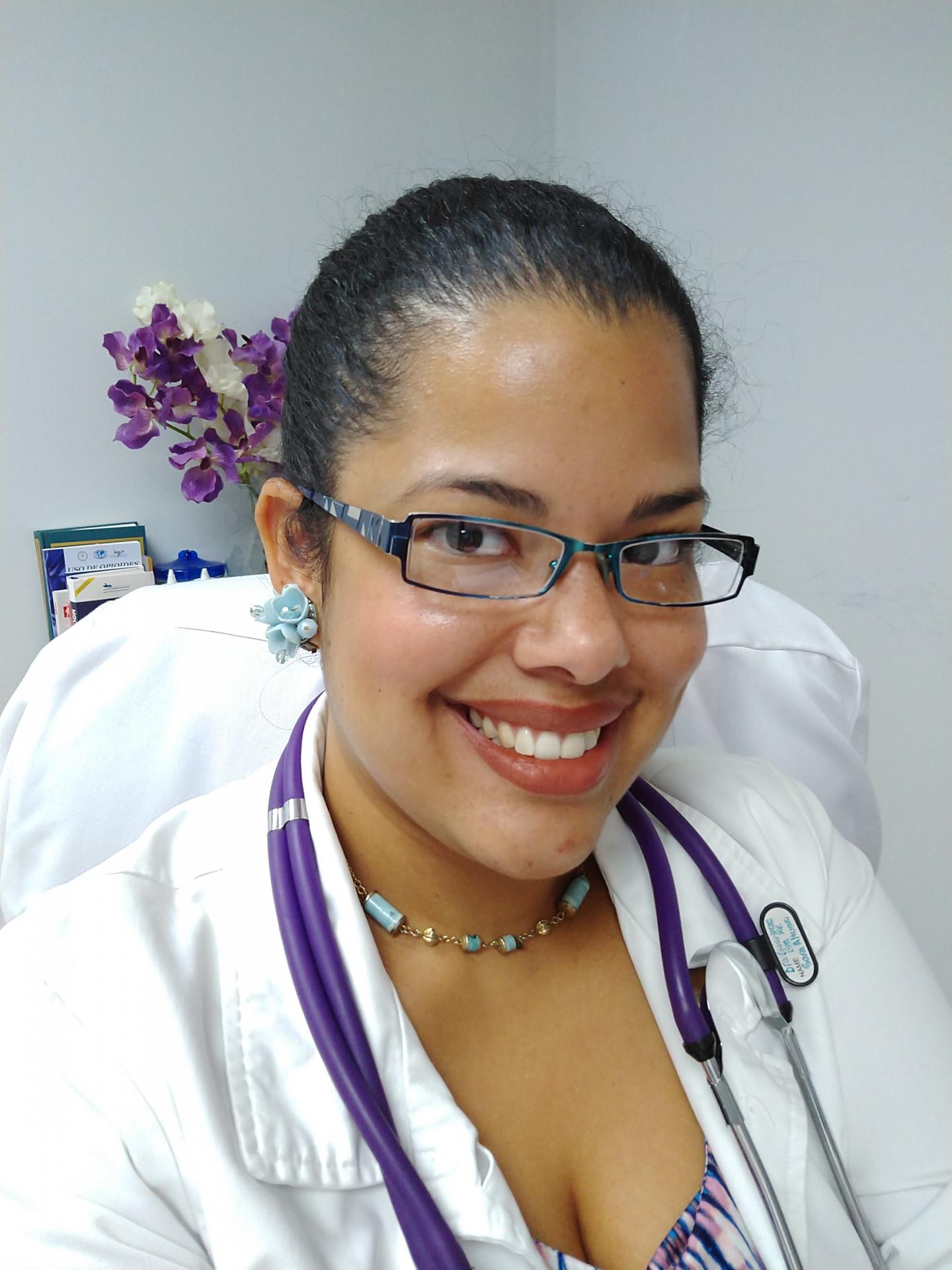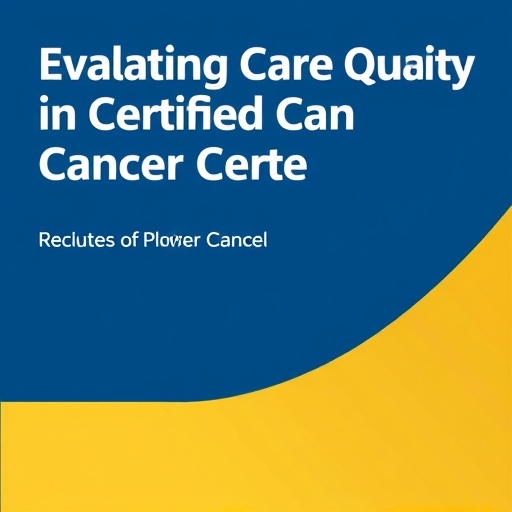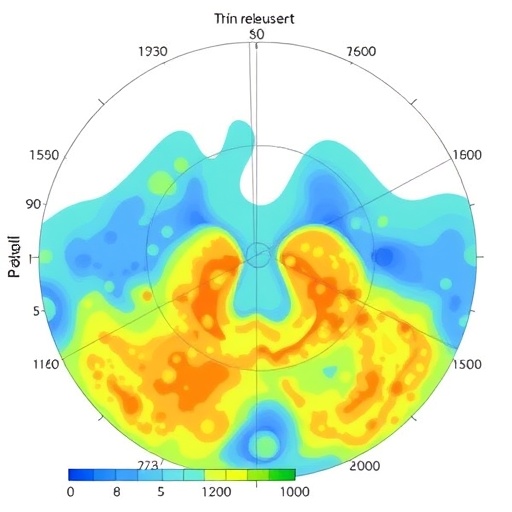ESMO Breast Cancer Congress, May 2-4, 2019, Berlin, Germany

Credit: European Society for Medical Oncology
Lugano, Switzerland, 30 April 2019 – A global survey of HER2 testing has raised questions about how resources should be spent on potentially lifesaving HER2 targeted therapies for breast cancer, especially in poorer countries. The results were presented at the ESMO Breast Cancer Congress 2019, Berlin, 2-4 May 2019. (1,2)
The ONCOLLEGE-001 internet-based survey of HER2 testing in 45 countries has highlighted major access and affordability issues in low and middle income countries (LMICs), with some issues extending to upper middle income countries (UMIC) too. (3)
“Even when HER2 testing was available, it was too expensive and inaccessible for many women, suggesting that governments need better information to set planning priorities for investing in infrastructure, testing and treatment,” said study author, Dr Sara Altuna, Department of Medical Oncology, Unidad Oncologica Venezuela CA and Oncomedica CA, Caracas, Venezuela.
In the survey, 42% of respondents from UMICs and 34% from LMICs reported that HER2 testing was available only in a private setting or abroad, compared to 5% of those working in high income countries (HICs). Thirty per cent of LMIC respondents reported significant affordability issues related to HER2 testing, compared to 12% of respondents from UMICs and none from HICs.
“You can have the microscopes, the antibodies and probes and the certified laboratories, but if patients cannot afford the tests or do not have insurance, they won’t be done,” added Altuna.
HER2 testing is needed to identify the 15-20% of women with breast cancer who have HER2-positive disease, so they can receive anti-HER2 treatment with trastuzumab – which has been on the World Health Organization’s List of Essential Medicines since 2015 – and other HER2 targeted therapies. (4)
Commenting for ESMO, Dr Fatima Cardoso, Director of the Breast Unit of the Champalimaud Clinical Center in Lisbon, Portugal, explained that in recent decades HER2-targeted therapies have transformed the outcomes for women with this sub-group of breast cancer from the worst to some of the best.
“Without accurate, high quality HER2 testing, women with HER2-positive tumours may miss out on potentially lifesaving treatment. There is also a risk that women with HER2-negative tumours may be exposed to the toxicity and unnecessary expense of HER2 treatment they don’t need. We don’t want to spend resources on treating tumours that won’t respond to HER2 targeted therapies,” she said.
Cardoso pointed to the lack of basic pathology services in some low income countries, with women undergoing mastectomy for benign breast lumps because biopsy services were not available to make the diagnosis before surgery. She also questioned the wisdom of spending resources on HER2 testing in countries where anti-HER2 therapy is unavailable or unaffordable.
“Testing and treatment must go hand in hand. If you have access to anti-HER2 treatment, it makes sense to spend money on testing. But if you already know there is no access to treatment, it is debatable whether to use resources for HER2 testing. Let’s first focus on ensuring that treatment is available as recommended by the WHO, by ESMO’s and other international guidelines, for both primary and metastatic HER2-positive breast cancer,” she said.
“ONCOLLEGE-001 is an important study in raising awareness of the heterogeneity of availability and quality of HER2 testing. The results probably underestimate the access and affordability problems facing many patients, and not just in medium and low income countries. But they remind us of the need for clinicians, regulators and governments to work together in addressing these inequalities,” said Cardoso.
An ongoing ONCOLLEGE-001 analysis is investigating global prioritisation and access to anti-HER2 medicines, and, as Altuna concludes, such research demonstrates the value of international cooperation: “We have shown it is possible to create a network of clinicians from very different countries to share practice and experiences and paint a picture of what is really happening in breast cancer care around the globe, so we can identify where improvements are most needed.”
###
Notes to Editors
Please make sure to use the official name of the meeting in your reports: ESMO Breast Cancer Congress 2019
Official Congress Hashtag: #ESMOBreast19
Disclaimer
This press release contains information provided by the authors of the highlighted abstracts and reflects the content of these abstracts. It does not necessarily reflect the views or opinions of ESMO who cannot be held responsible for the accuracy of the data. Commentators quoted in the press release are required to comply with the ESMO Declaration of Interests policy and the ESMO Code of Conduct.
References
1 ESMO Breast Cancer Congress: https:/
2 Abstract 42P_PR ‘Painting the global picture of HER-2 testing for breast cancer. The ONCOLLEGE-001 survey study’ will be presented by Dario Trapani during the Poster Display Session on Friday 3 May 2019, 12:15-13:00 (CEST) in the Exhibition area. Annals of Oncology, Volume 30, 2019 Supplement 3, doi:10.1093/annonc/mdz095
3 As defined by the World Bank: https:/
4 World Health Organization’s List of Essential Medicines: https:/
About the European Society for Medical Oncology (ESMO)
ESMO is the leading professional organisation for medical oncology. With more than 20,000 members representing oncology professionals from over 150 countries worldwide, ESMO is the society of reference for oncology education and information. ESMO is committed to offer the best care to people with cancer, through fostering integrated cancer care, supporting oncologists in their professional development, and advocating for sustainable cancer care worldwide.Visit http://www.
42P_PR – Painting the global picture of HER2-testing for breast cancer. The ONCOLLEGE-001 survey study
S.C. Altuna1, C. Lengyel2, D. Trapani3, E.M. Elfaham4, S. Hussain5, A. Petrillo6, K. El Bairi7, S.A. Mazher8, B.S. Habeeb9, S.Z. Khan10
1 Department of Medical Oncology, Unidad Oncologica Venezuela C.A. and Oncomedica C.A, Caracas, Venezuela, 2Head and Neck Surgery, National Institute of Oncology Hungary, Budapest, Hungary, 3Department of haematology and oncology, new drug development, Istituto Europeo di Oncologia, Milan, Italy, 4Department of Clinical Oncology, Alexandria University, Alexandria, Egypt, 5Department of Oncology, King Abdulaziz Medical City, Riyadh, Saudi Arabia, 6Department of Precision Medicine, University of Campania Luigi Vanvitelli (UOC), Napoli, Italy, 7Cancer Biomarkers Working Group, Mohamed Ist University, Oujda, Morocco, 8Department of Oncology, Baptist Health Medical Center-Little Rock, Little Rock, USA, 9Medical Oncology Department, Shaqlawa Teaching Hospital, Erbil, Iraq, 10Department of Clinical Oncology, Binor Cancer Hospital, Bannu, Pakistan
Background: Breast cancer (BC) is the most common cancer in women and the leading cause of cancer-related death. HER2 is overexpressed in approximately 15-20% of BCs. HER2 expression is not only a prognostic biomarker but a predictive biomarker of response to HER2 targeted therapies. The ONCOLLEGE-001 project addresses the distribution & disparities of HER2-testing (H2T) methods (IHC or in situ hybridization (ISH), which may use either fluorescent (FISH), chromogenic (CISH) or silver (SISH) detection method) in breast cancer, with the aim of painting the global picture (GP).
Methods: A simple, internet-based survey was developed by the international ONCOLLEGE (ONC) working group and the questionnaire was sent to 227 oncology providers by email, was shared on medical social networks (using snowballing as a multiplier effect of promotion and diffusion). Data were analysed per country-income (World Bank groupings) and WHO Regions. Responders authorized for the use of the data.
Results: 210 providers responded, across 45 countries (27% from high-income HIC; 35% upper-middle UMIC; 38% lower-middle and low, LMICs; 50% in the Eastern Mediterranean Region), mostly medical and clinical oncologist (58%; 20%) from research hospitals (52%) and public non-teaching (17%) or private institutions (17%). H2T was available only in private setting or abroad in 5%, 42% and 34% of HIC, UMIC and LMICs responders’ institutions. Only IHC (no ISH) may be performed as H2T in 7% & 9.4% of UMIC & LMICs. FISH (54%) and CISH+FISH (14%) were the most common ISH H2T. IHC and ISH were available within 14 days (55%; 29%) and 28 days (38%; 44%) with no dramatic income-restricted patterns of delay. 30% of the responders from LMICs reported affordability issues related to H2T, more for ISH, related to out of pocket expenses and exposure to catastrophic health expenditure, compared to 12% of UMIC and none for HIC (full reimbursement).
Conclusions: The GP of H2T provided by the ONC networking painted a heterogeneous picture, with disparities related to the availability of appropriate cancer testing and affordability with high risk of financial toxicity in the diagnostic phase. An ongoing further analysis addresses also the prioritization and access to HER2 medicines in our ONCOLLEGE-001 project.
Legal entity responsible for the study: All the authors approved the draft
Funding: Has not received any funding
Disclosure: All authors have declared no conflicts of interest.
Media Contact
ESMO Press Office
[email protected]
Original Source
http://esmo.
Related Journal Article
http://dx.




